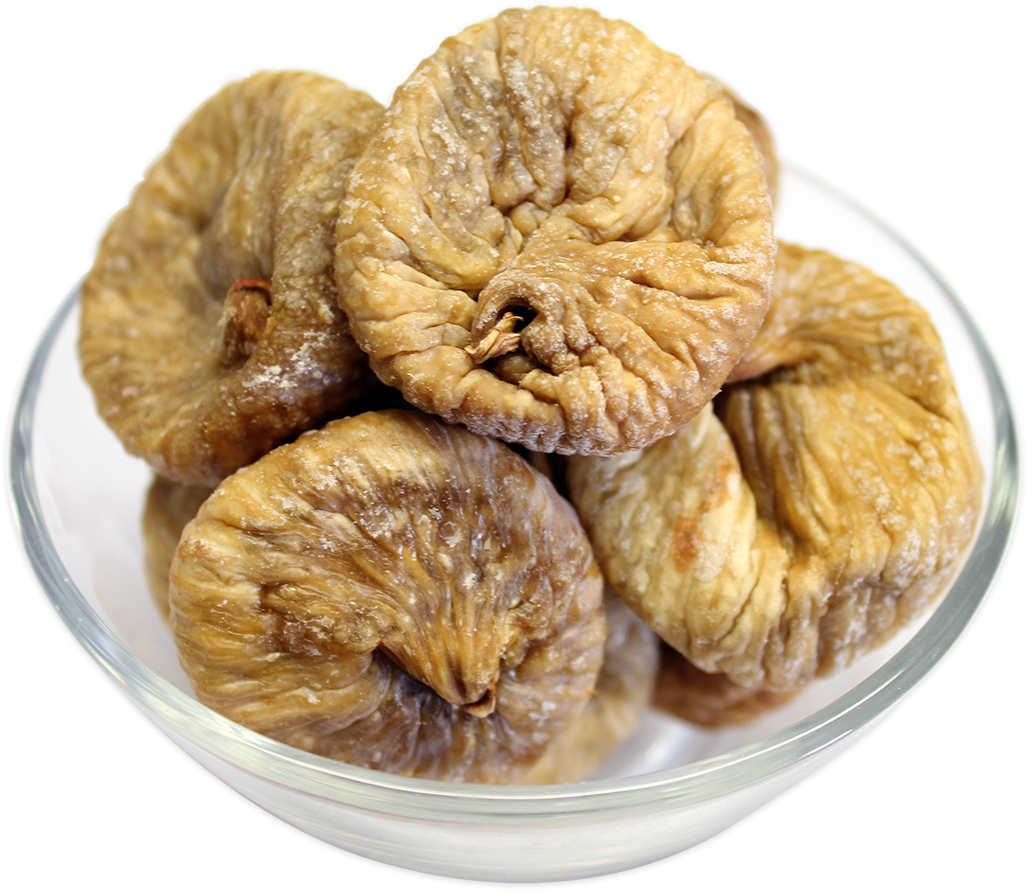An Overview of Dried Figs and Their Nutritional Profile
Dried figs are a popular and delicious snack, hailing from the ancient Ficus carica tree. Rich in history and nutritional value, these succulent fruits have gained a well-deserved reputation as a healthy and versatile ingredient in various cuisines worldwide. Dried figs are created by dehydrating fresh figs, resulting in a concentrated source of essential nutrients, fiber, and antioxidants.
The nutritional profile of dried figs is impressive, offering a wealth of benefits that contribute to overall health and well-being. A serving of approximately four dried figs (60 grams) contains around 249 calories, 64 grams of carbohydrates, 10 grams of dietary fiber, and 5 grams of protein. Additionally, dried figs are an excellent source of vitamins and minerals, such as vitamin K, calcium, iron, magnesium, and potassium. Given their high nutrient content, incorporating dried figs into one’s diet can contribute significantly to meeting daily recommended intake values.
The Marvelous Benefits of Dried Figs: A Closer Look
Dried figs offer numerous health benefits, making them an excellent addition to a balanced diet. Improved digestion is one of the primary advantages of consuming dried figs, as they are rich in dietary fiber. Fiber promotes regular bowel movements, supports gut health, and helps prevent constipation. Furthermore, dried figs contain prebiotics, which feed beneficial gut bacteria, contributing to a healthy gut microbiome.
Bone health is another area where dried figs shine. They are an excellent source of calcium, a mineral essential for bone strength and density. Regular consumption of dried figs can help maintain strong bones and potentially reduce the risk of age-related bone loss and osteoporosis. Additionally, dried figs contain magnesium, which aids in calcium absorption and contributes to bone health.
Managing blood sugar levels is yet another benefit of incorporating dried figs into your diet. Despite their natural sweetness, dried figs have a low glycemic index, meaning they release sugar slowly into the bloodstream. This slow release helps prevent spikes in blood sugar levels, making dried figs an ideal snack for individuals with diabetes or those looking to maintain stable blood sugar levels.
Antioxidants are powerful compounds that protect the body from damage caused by free radicals. Dried figs are rich in antioxidants, including phenols, flavonoids, and anthocyanins. These antioxidants have been linked to reduced inflammation, improved heart health, and a lower risk of chronic diseases such as cancer.
Heart health is another area where dried figs can make a positive impact. They contain essential minerals like potassium and magnesium, which support healthy blood pressure and heart function. Moreover, dried figs are a natural source of soluble fiber, which has been shown to help lower cholesterol levels, further contributing to heart health.
Comparing Dried Figs to Fresh Figs: Nutritional Differences
Dried figs and fresh figs differ in their nutritional content due to the dehydration process involved in producing dried figs. While both forms offer unique benefits, understanding these differences can help you make informed decisions about incorporating them into your diet.
Fresh figs have a higher water content, which dilutes their nutrient concentration. As a result, dried figs typically contain higher levels of essential vitamins and minerals per serving. For instance, a serving of four dried figs (60 grams) provides approximately 5% of the daily recommended intake of iron, while the same quantity of fresh figs offers only 1%.
The dehydration process also results in a higher concentration of dietary fiber in dried figs. Fiber is crucial for digestive health, and the higher fiber content in dried figs can contribute to improved satiety and regularity. Additionally, dried figs contain more calories and carbohydrates per serving than fresh figs, making them a more energy-dense snack option.
However, it is essential to note that dried figs also contain higher amounts of sugar due to the concentration of natural fruit sugars during the dehydration process. Therefore, while both dried and fresh figs offer health benefits, moderation is key when consuming dried figs to avoid excessive sugar intake.
How to Incorporate Dried Figs into Your Diet: Simple and Delicious Ideas
Integrating dried figs into your daily meals and snacks can be both enjoyable and nutritious. Here are some creative and practical suggestions to help you make the most of this delicious superfood:
- Salads: Slice a few dried figs and add them to your favorite green salad for a sweet and savory twist. Pair with goat cheese, walnuts, and a balsamic vinaigrette for an unforgettable flavor combination.
- Cereals: Top your morning oatmeal, yogurt, or cold cereal with chopped dried figs for a burst of natural sweetness and added fiber.
- Energy balls: Combine dried figs, nuts, seeds, and a touch of honey in a food processor to create nutritious and portable energy balls. These make an excellent pre- or post-workout snack or a healthier alternative to processed treats.
- Cheese plates: Serve dried figs alongside a variety of cheeses, such as brie, camembert, or manchego, for a sophisticated and satisfying appetizer.
- Baking: Incorporate dried figs into your favorite baked goods, such as muffins, bread, or cookies, for a nutrient-dense and flavorful twist.
- Stuffing: Add dried figs to your Thanksgiving stuffing or other savory dishes for a touch of natural sweetness and added texture.
Selecting High-Quality Dried Figs: A Shopper’s Guide
When purchasing dried figs, consider the following factors to ensure you’re getting the best possible product:
- Organic vs. conventional: Opt for organic dried figs when possible to minimize pesticide exposure. Organic farming practices prioritize environmental sustainability and animal welfare, making organic dried figs a more responsible choice for both your health and the planet.
- No sugar added: Look for dried figs without any added sugars. Dried fruits naturally contain sugar, so there’s no need to add more. By choosing unsweetened dried figs, you’re ensuring you’re consuming only the natural sugars present in the fruit.
- Country of origin: Dried figs from specific countries, such as Turkey or Greece, may have unique flavor profiles and higher nutritional value due to regional growing conditions. Research and explore different options to find the dried figs that best suit your taste preferences and dietary needs.
- Brand reputation: Popular brands known for their quality dried figs often prioritize sourcing high-quality ingredients and adhering to strict quality control standards. Look for reputable brands with a strong track record of producing delicious and nutritious dried figs.
Potential Drawbacks and Allergies: What to Watch Out For
While dried figs offer numerous health benefits, there are some potential concerns to be aware of when incorporating them into your diet:
- Sugar content: Dried figs contain natural sugars, which can contribute to a higher calorie and sugar intake if consumed in excess. Monitor your portion sizes and enjoy dried figs as part of a balanced diet to avoid overconsuming sugar.
- Pesticide residues: Conventional dried figs may contain pesticide residues, which can have adverse health effects. Opt for organic dried figs when possible to minimize your exposure to these chemicals. Alternatively, you can rinse dried figs before consuming them to help remove any residual pesticides.
- Allergies: Although rare, some individuals may have allergic reactions to figs or other dried fruits. Symptoms can range from mild, such as itching or hives, to severe, such as difficulty breathing or anaphylaxis. If you suspect a dried fig allergy, consult a healthcare professional for proper diagnosis and treatment.
Dried Figs vs. Other Dried Fruits: A Nutritional Showdown
Dried figs stand out among other dried fruits for their impressive nutritional profile. Compared to raisins, apricots, and prunes, dried figs offer unique advantages that make them a valuable addition to a balanced diet:
- Dried figs vs. raisins: While both dried fruits are high in fiber and antioxidants, dried figs contain more calcium and iron than raisins. This makes them an excellent choice for vegetarians, vegans, or those looking to boost their mineral intake.
- Dried figs vs. apricots: Dried figs have a higher fiber content than dried apricots, promoting digestive health and satiety. Additionally, dried figs contain more calcium and vitamin K, supporting bone health and blood clotting.
- Dried figs vs. prunes: Although prunes are well-known for their laxative effects, dried figs also promote regularity due to their high fiber content. Dried figs offer a unique flavor profile and additional nutrients, such as vitamin B6 and magnesium, making them a tasty and nutritious alternative to prunes.
Preserving the Freshness and Quality of Dried Figs: Storage Tips
Proper storage is crucial for maintaining the freshness and quality of dried figs. By following these simple tips, you can ensure your dried figs remain delicious and nutritious for as long as possible:
- Airtight containers: Store dried figs in airtight containers to prevent exposure to air, which can cause them to dry out and lose flavor. Glass jars or resealable plastic bags work well for this purpose.
- Cool, dark place: Keep dried figs in a cool, dark place, such as a pantry or cupboard, away from direct sunlight and heat sources. Exposure to heat and light can degrade the nutritional value and flavor of dried figs.
- Freezer storage: If you want to store dried figs for an extended period, consider freezing them. Place dried figs in an airtight container or freezer bag and store them in the freezer for up to one year. This method is ideal for long-term storage or if you’ve purchased dried figs in bulk.
- Check for signs of spoilage: Regularly inspect your dried figs for signs of spoilage, such as mold, off odors, or changes in texture. If you notice any of these signs, discard the dried figs to avoid foodborne illness.








